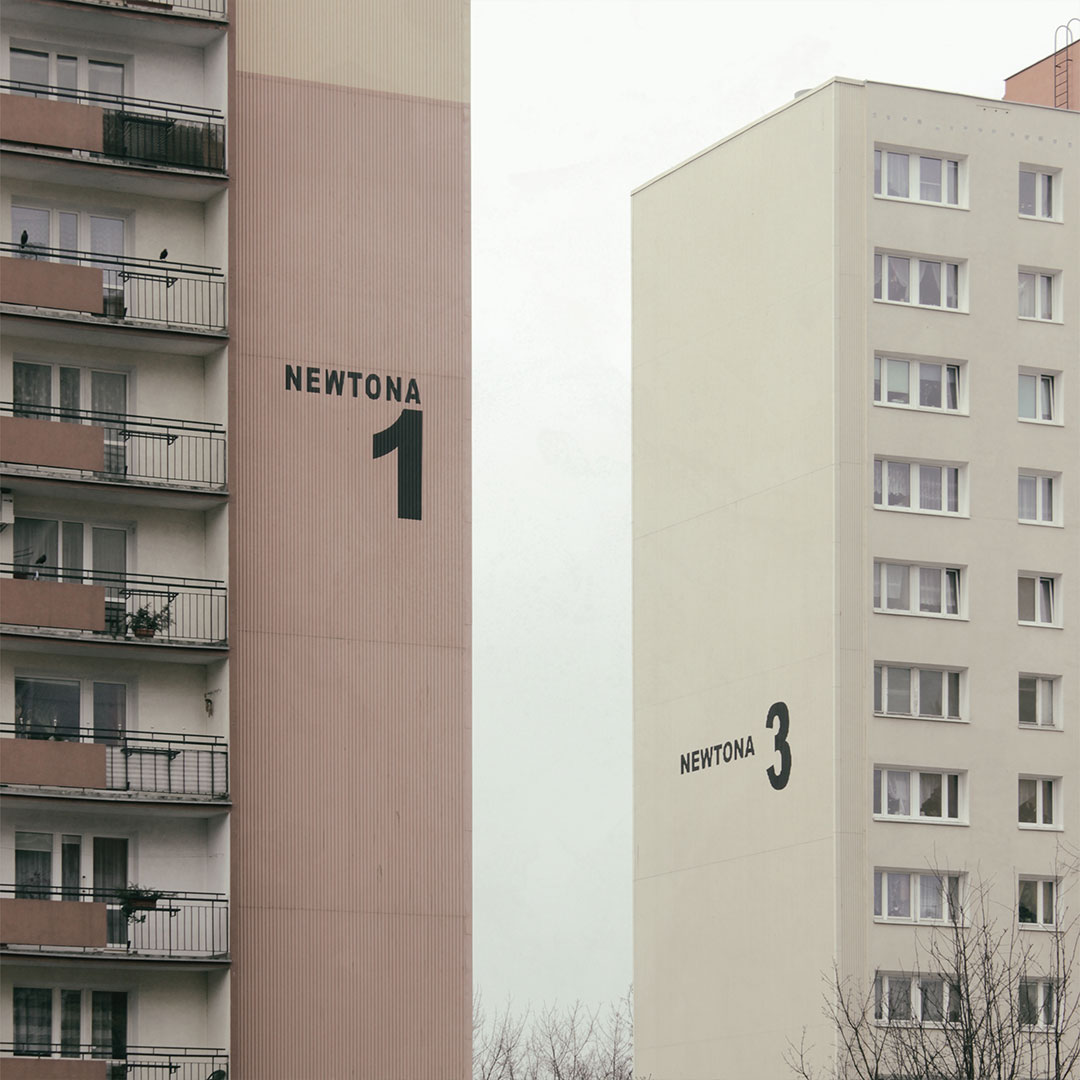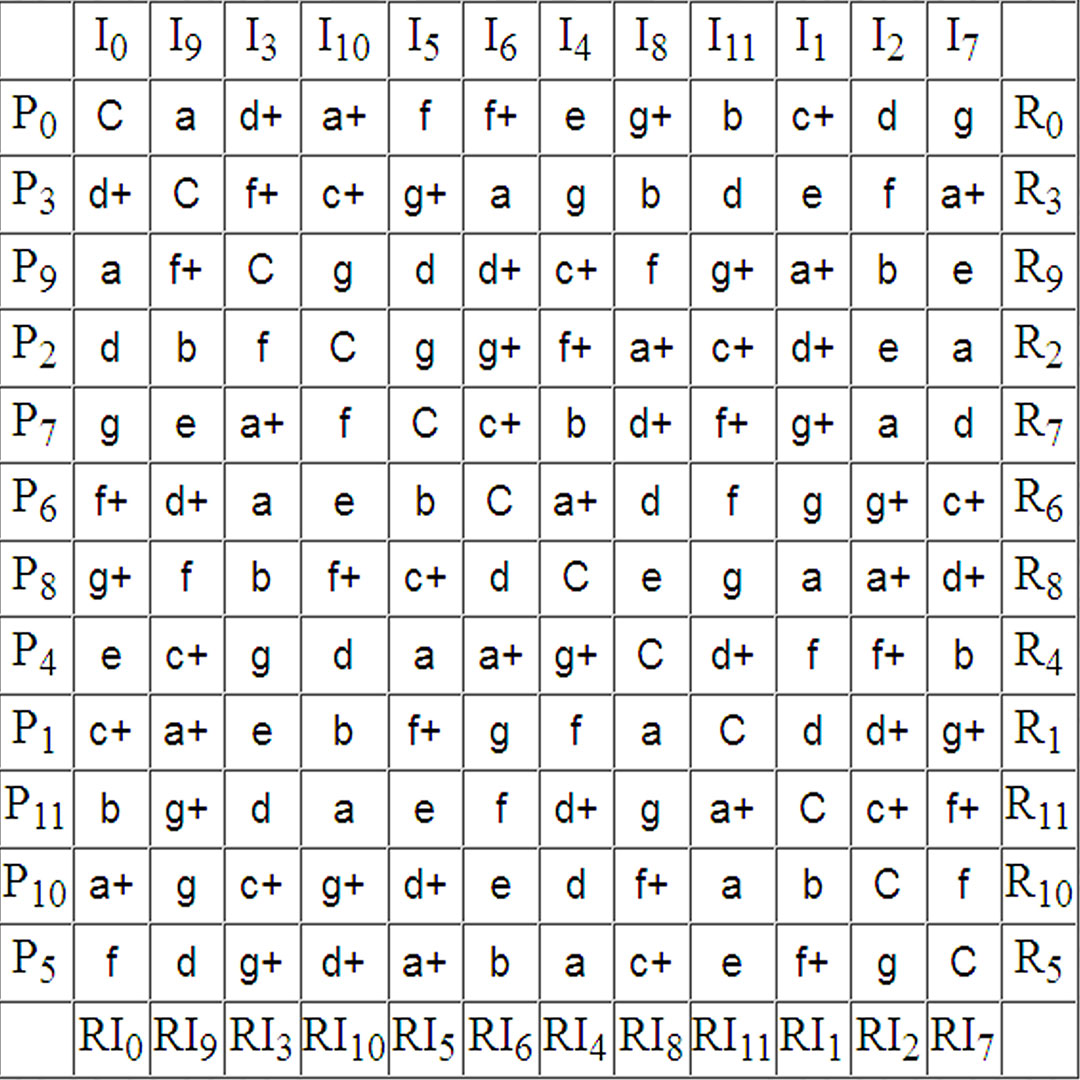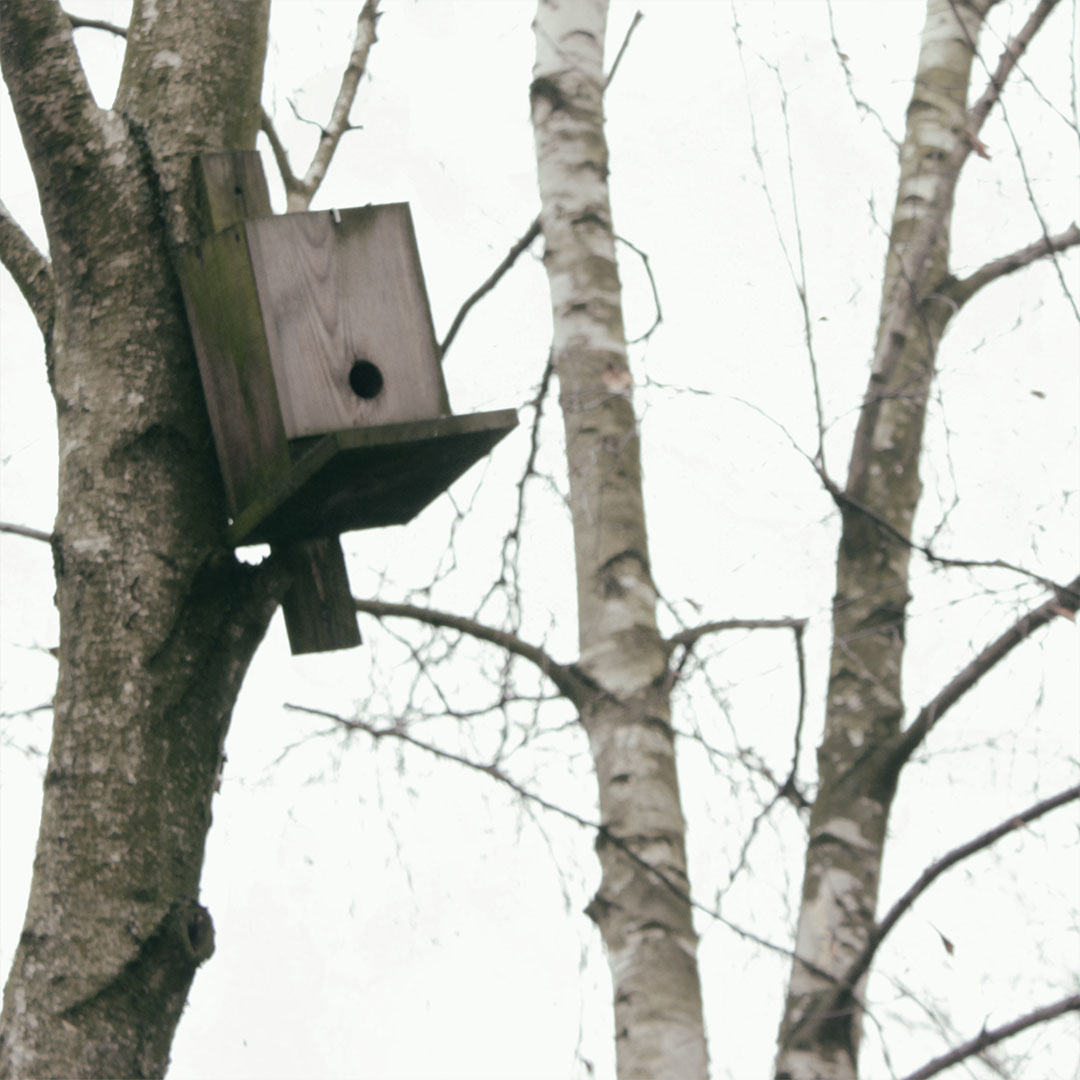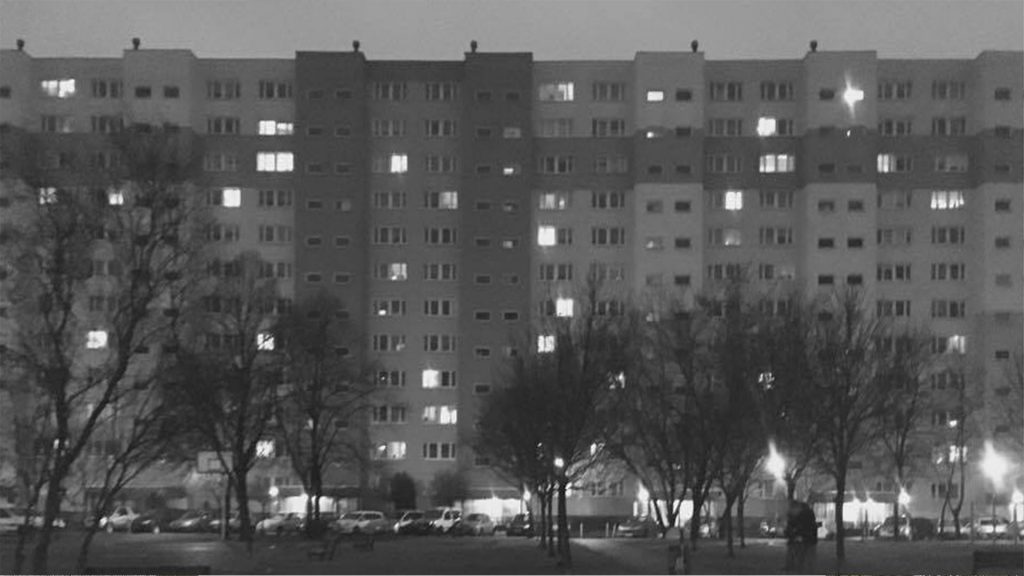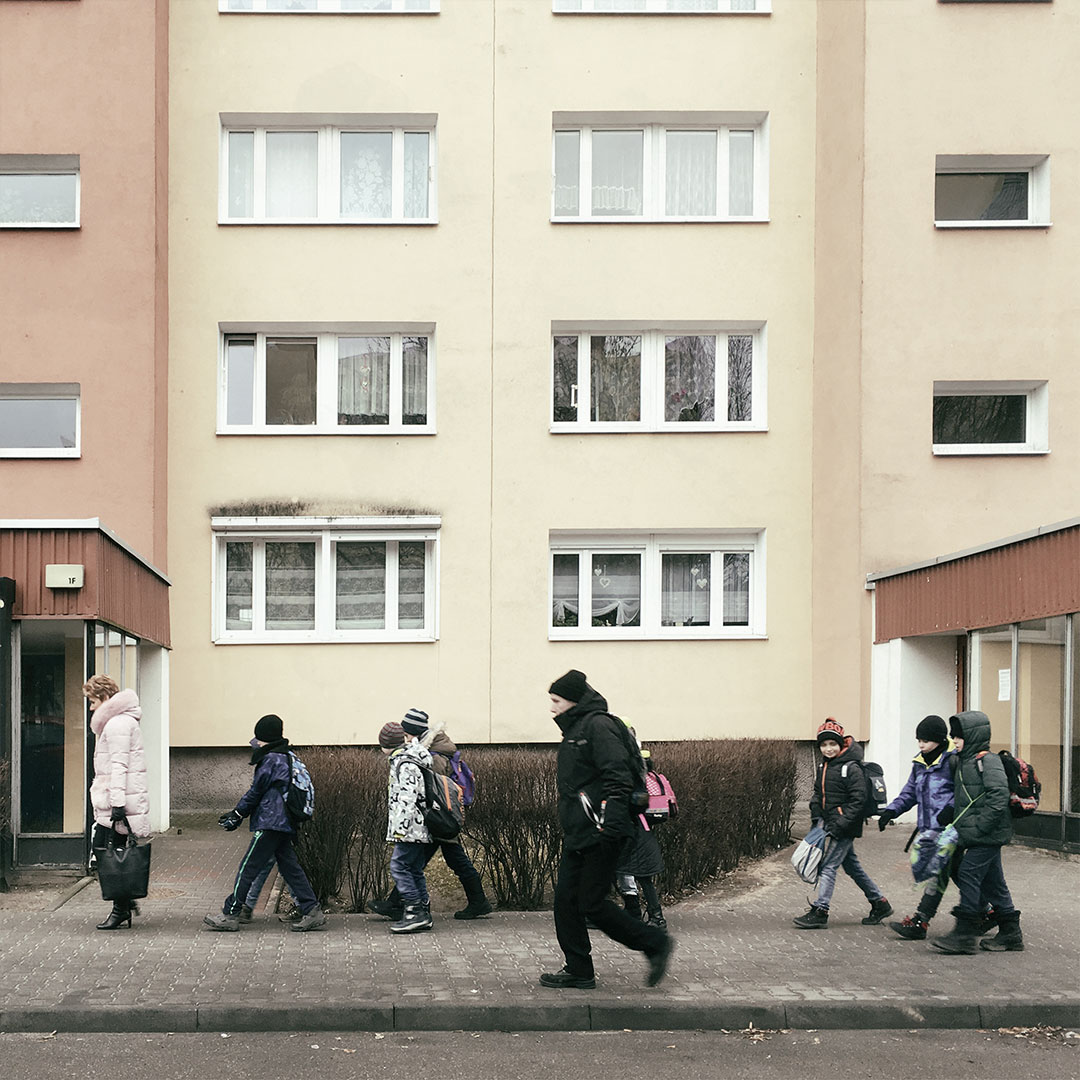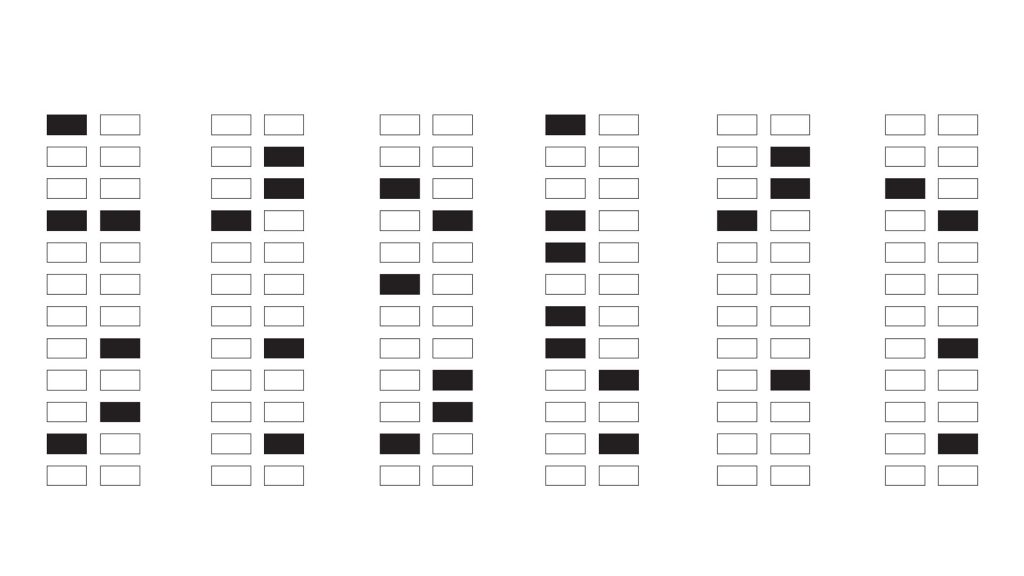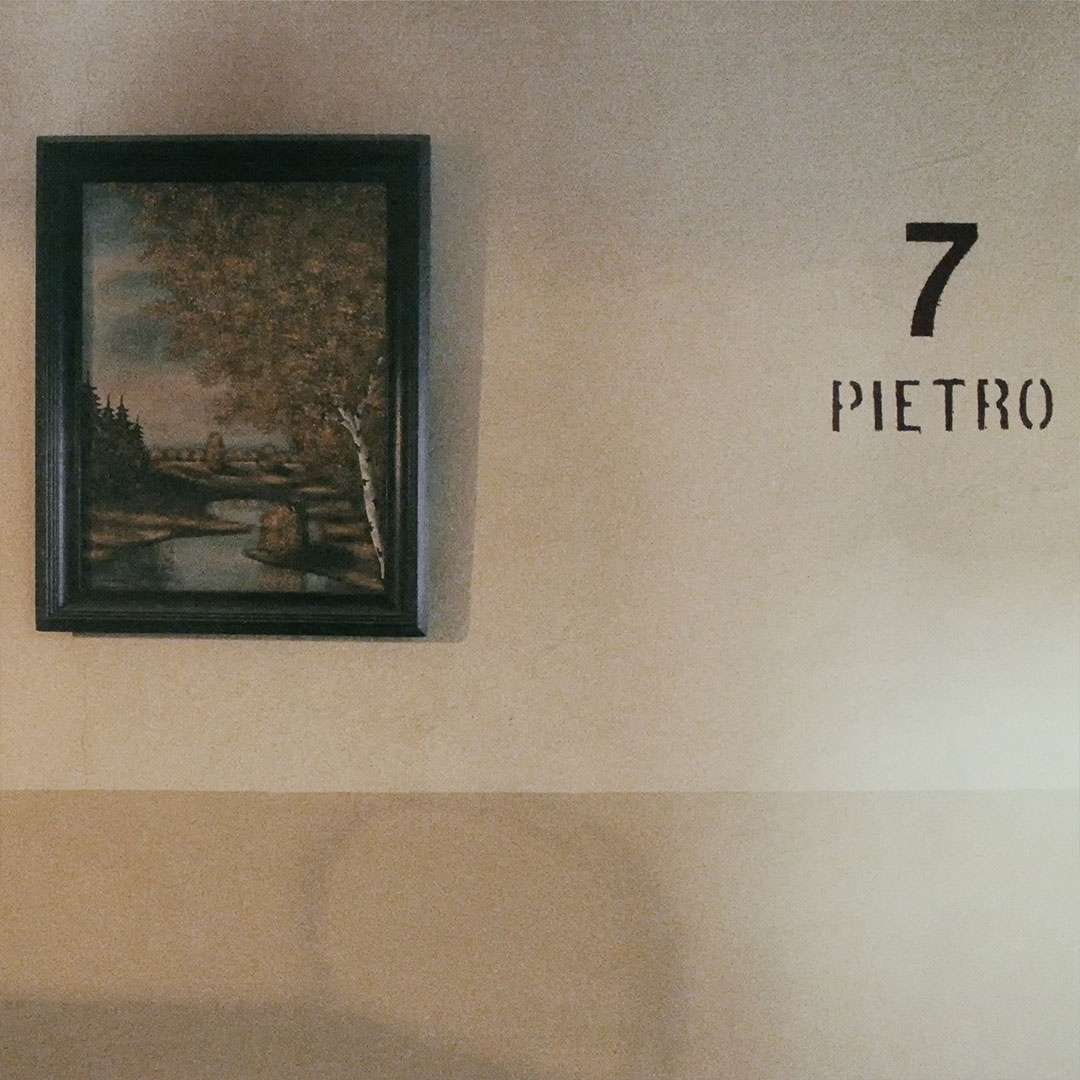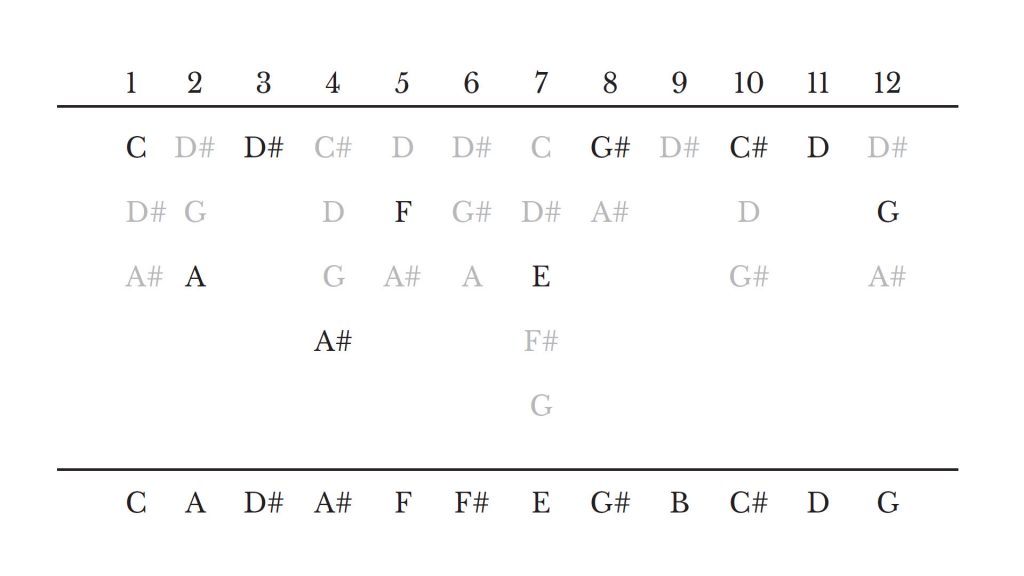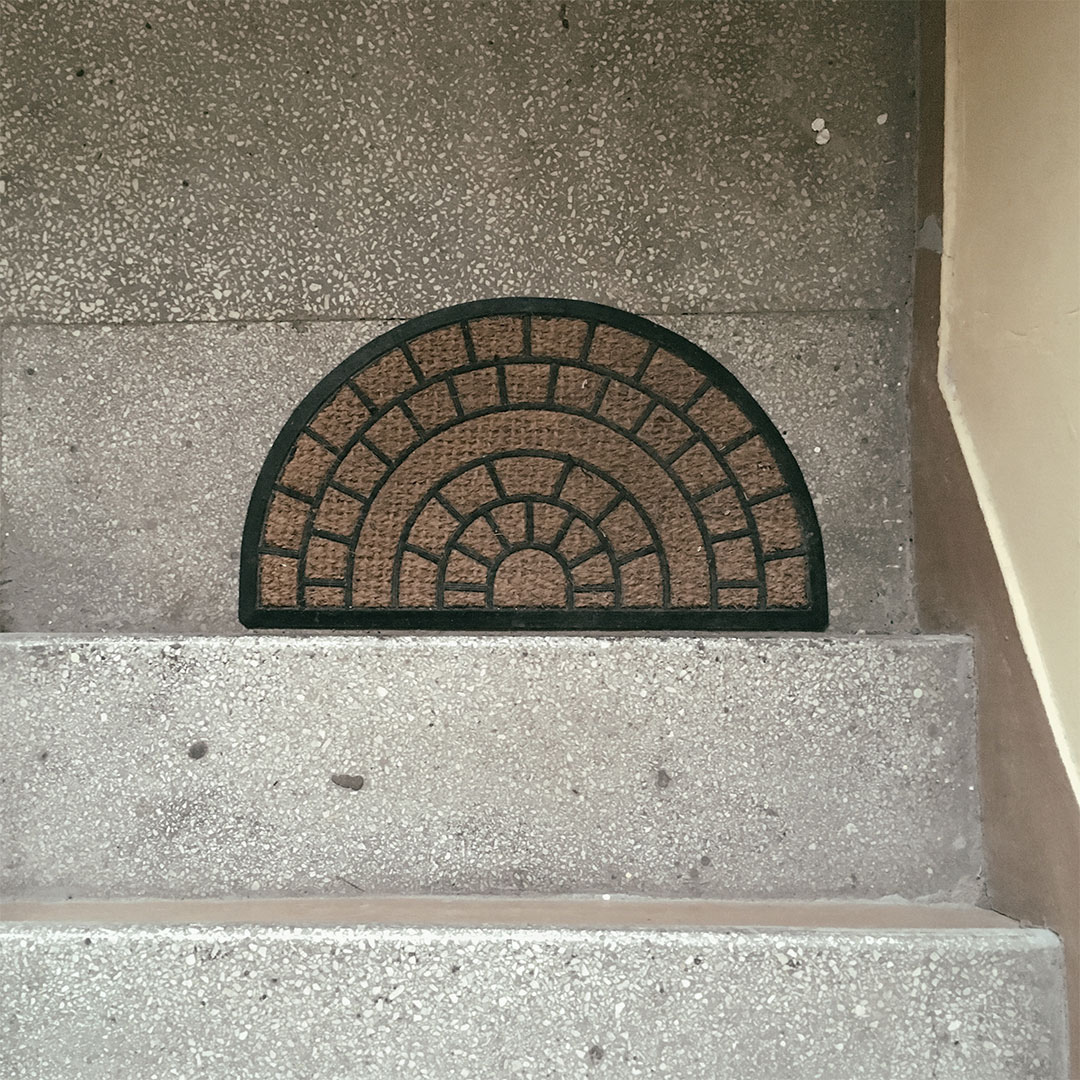Humanizing the Machine
Type
Competition
Organizer
Henning Larsen Foundation
Date
March 2017
The piece tries to capture the tension between firmness and vulnerability, domination and submission, and the impersonal and the human.
Concept
The care and playfulness with which the inhabitants of “Newtona 1” try to tame their concrete habitat is immensely romantic. Amateur paintings, an antique piece of furniture, an ironwork-styled doormat, a bird feeder hanging upside down, a stool covered with a lace tablecloth, graffiti tags or elaborately laid out plants give a breath of warmth to the prefabricated, cold staircase. They express an empathy, a need of identity and a genuine strive towards long-missed domesticity. “Humanizing the machine” is a composition which explores an uneasy relation between the building and its inhabitants.
The machine for living in
Le Corbusier’s early 20th century concept of “the machine for living in” broke loose from the decorum and the traditions of architectural and urban expectations. This inspired many attempts to bring the idea to life. However, affected by the technological, economic and political factors, such as an expected fast-paced construction, limited budgets and low quality building technologies, a great number of them are merely ill-fated deformations of the original modernist ideas. Built in 1973 in the Polish city of Poznań, the “Newtona 1” housing block is an example of such representation.
Dodecaphony
Simultaneously to Le Corbusier’s ideas, a groundbreaking revelation was proposed to the world of music at the beginning of the 20th century. One can find a certain parallel in how both the “machine-à-habiter” and Arnold Schönberg’s 12-tone technique radically broke with traditions. Both of them became a starting point for many hard to understand and relate to outcomes.(1)
(1) Even though Schönberg’s dodecaphony and Le Corbusier’s “the machine” may seem like a rigid, discombobulated, scientific methodologies, both of them were liberating and inspiring to their environments and brought to life a great number of significant works. However, the composed piece of music uses a banalized, mechanically played 12-tone matrix in parallel to superficially applied modernist concepts to the housing developments of 1950- 1980s in Poland.
Pentatonic scale
In contrast to Schönberg’s avant-garde approach to music there exists a highly vernacular musical language of pentatonic scale. It is well documented to occur in almost every tradition around the world and is a foundation of ancient Greek, traditional African, Asian, European, American as well as gospel or jazz music. As Bobby McFerrin demonstrated at The World Science Festival, pentatonic scale is deeply rooted in the human nature.(2) Parallelly to how the tenants of “Newtona 1” try to humanise “the machine”, one can try to humanize the 12-tone matrix using pentatonic scale.
(2) Bobby McFerrin Demonstrates the Power of the Pentatonic Scale (June 12, 2009)
Structure
“Humanizing the machine” consists of four tracks. The base layer is a 12-tone sequence established using a matrix with all its permutations played one after the other. As a tribute to the aleatoric music, the basis of the sequence derived from a binary analysis of the layout of lit up and dark windows of the eastern facade of “Newtona 1”, on the February 18th 2017.(3) The second track of the composition is the “humanized” version of the first track. Here, all notes of the 12-tone sequence except the G-flat major pentatonic ones are mute. It highlights the friction between buildings qualities and the life within it. The third track is a basic ascending pentatonic sequence. This layer symbolizes attempts of the inhabitants to domesticate their living space. The last layer is a “musique concrète” of the “Newtona 1” building itself – a recording of a walk throughout the building and its surroundings.
(3) The base of the 12-tone matrix is determined by the photograph of the 12-storey “Newtona 1” building facade, taken in the evening of the day of the walkthrough. From the pattern of the lit and dark windows a starting sequence was created. Each vertical row of windows through its lit windows (counting from the top) expressed a couple of possible notes it could become. In the first row the 1st, 4th and 11th window was lit so the first note of the sequence could be either C, D# or A#. Next a combination of selected notes for each row that used up the most out of 12 tones was selected. The highest result generated 10 out of 12 tones. The missing ones were filled in in an ascending order.
Composition
Simultaneously to the walkthrough audio recording, the video footage was shot. The arrangement of the first three layers is determined by the subjective perception of the walkthrough timeline and the visual stimuli in the video. Namely, when the overwhelming architecture dominates, the 12-tone scale becomes dominant in the composition. In turn, when inhabitants’ presence or interventions are more vividly felt, the pentatonic layers appear and resonate.
Outcome
The result is a composition which is neither pleasant nor repellent, and neither organic nor mechanic. The piece tries to capture the tension between firmness and vulnerability, domination and submission, and the impersonal and the human. The composition reflects the inhabitants’ sentimental, hopeless but heartening attempts to make the concrete block their home.

